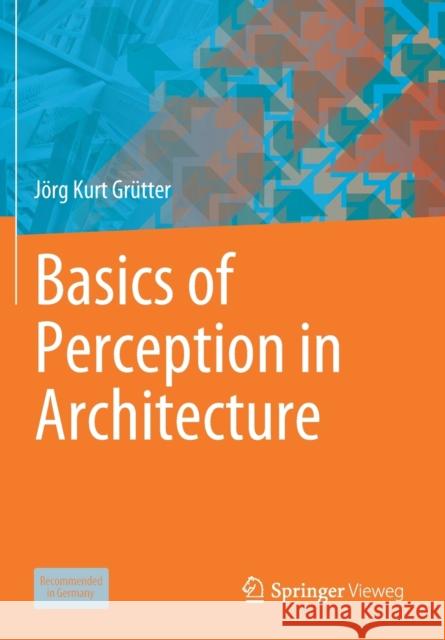Basics of Perception in Architecture » książka
topmenu
Basics of Perception in Architecture
ISBN-13: 9783658311582 / Angielski / Miękka / 2021 / 378 str.
Basics of Perception in Architecture
ISBN-13: 9783658311582 / Angielski / Miękka / 2021 / 378 str.
cena 229,69 zł
(netto: 218,75 VAT: 5%)
Najniższa cena z 30 dni: 229,69 zł
(netto: 218,75 VAT: 5%)
Najniższa cena z 30 dni: 229,69 zł
Termin realizacji zamówienia:
ok. 16-18 dni roboczych.
ok. 16-18 dni roboczych.
Darmowa dostawa!
Kategorie:
Kategorie BISAC:
Wydawca:
Springer Vieweg
Język:
Angielski
ISBN-13:
9783658311582
Rok wydania:
2021
Ilość stron:
378
Waga:
0.59 kg
Wymiary:
24.41 x 16.99 x 1.98
Oprawa:
Miękka
Wolumenów:
01
Dodatkowe informacje:
Wydanie ilustrowane











